I would like to explain the basic structure of open reels in line with the content of SATIN. SATIN is a modeling tool that allows you to freely combine several types of components that make up an open reel. Therefore, it is not modeled on a specific open reel, but is a more general-purpose configuration.
I have prepared a diagram to help you visualize the physical structure of an open-reel tape. However, the head configuration varies depending on the deck, so I have used the simplest configuration here.
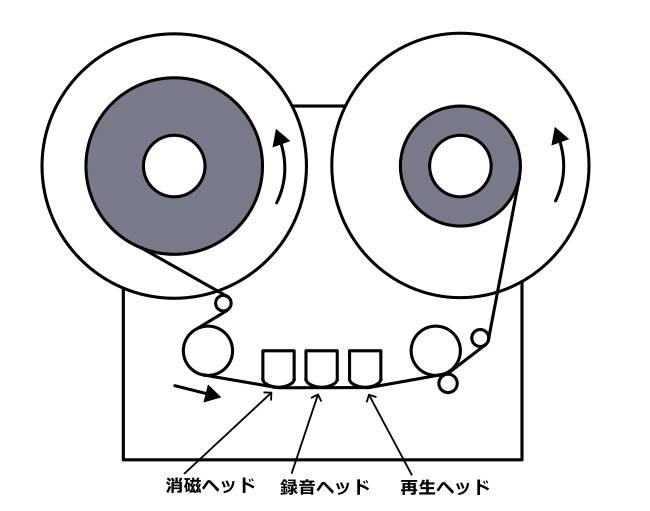
Tape speed ips (Inch Per Second)
Tape speed is an important factor that affects sound quality. Open-reel tape allows variable speed, and is usually recorded at 15 ips and mastered at this speed. As the commonly used cassette tape is 1.875 ips, you can see that it is eight times faster.
| Speed inches/second | Speed centimeters/second | |
|---|---|---|
| 1.875 | 4.75 | Compact cassette tape speed |
| 3.75 | 9.525 | |
| 7.5 | 19.05 | Low speed |
| 15 | 38.1 | Standard speed |
| 30 | 76.2 | High speed |
There are various tape widths, as shown in the table below. There are also various track widths, but while cassette tapes have a track width of 0.6mm, the typical track width of open-reel tapes is 1mm, which is wider, and the tape speed is also faster, so the recording area increases. In addition, the dynamic range is also expanded, so the signal-to-noise ratio is improved as a result. This is the reason why you don't have to worry about hiss noise like you do with cassette tapes.
| Tape width (inches) | Tape width (mm) | |
|---|---|---|
| 1/8 | 3.81 | 4ch Compact cassette tape |
| 1/4 | 6.35 | 4ch Sizes sold to the general public |
| 1/2 | 12.7 | 8ch For multi-track use |
| 1 | 25.4 | 16ch For multi-track use |
| 2 | 50.8 | 24ch For multi-track use |
The tape speed of the SATIN is 1.875 to 30 ips, so it can handle not only open reels but also cassette tape speeds. Furthermore, since it is stepless, it is possible to set values that would be impossible with the actual machine.

In addition, the tape speed not only affects the sound quality, but also changes the frequency characteristics of hiss noise. If it is fast, the mid-range is hollow and the sound is similar to white noise at 15 ips, and if it is slow, it becomes similar to pink noise. The standard 15 ips was used to balance noise and sound quality, and also to take into account cost performance if it was a genuine product.

This is a sound sample. The tape speed is played in order: without SATIN, 30 ips, 15 ips, 7.5 ips, and 1.87 ips. The noise level is set to the maximum for clarity. You can hear that the sound quality of the noise differs greatly. Also, as the speed decreases, the high range becomes muffled. With SATIN, it is possible to improve the sound by adjusting the gap loss with Pre-Emphasis.
Types of Tape
Normal tapes are the most common type of open-reel tape, and other types are not used very much. On the other hand, there is a wide variety of cassette tapes, including IEC Type I (normal), II (high-position), and IV (metal). The cassette tape standard was initially developed as a simple recording medium, but after it began to be used for music, the sound quality improved rapidly. The increase in the number of tape types and the noise reduction system were ways of improving sound quality within the limited size and speed.
The high-performance tape developed for use with these cassette tapes was not widely used with open-reel decks. Although I could sometimes find decks that were compatible with high-position playback, most were designed for normal-position playback only. The high basic performance of these decks suggests that there were no complaints about either the sound quality or the noise level.

You can only choose between Modern and Vintage for the SATIN tape type. They are both normal tapes, but they have different sound quality tendencies. The image below shows the result of adding a 1kHz sine wave with the settings adjusted to produce as much overtone as possible. The amount of noise, the way the overtone is produced, and the stability will change. With Vintage, as you increase the input, the high range will saturate and the mid-low range will become stronger.
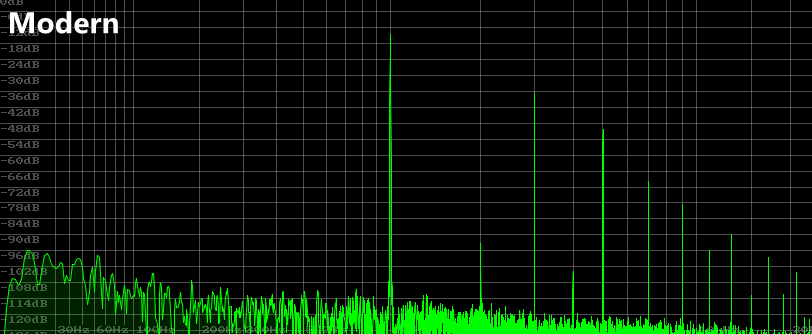
The sound samples below have been switched to SATIN OFF, Modern, and Vintage. You can hear that there is a significant difference in the volume of the noise in Modern and Vintage. The hiss noise has been turned up to make it easier to hear. Although it is not musical, it uses a sound similar to a glockenspiel with a very high frequency. Noise is easily pulled by extremely high-pitched sounds like this, so you can check that.
VU meter (Volume Unit Meter)
The SATIN has a needle-type VU meter that conforms to AES-17 and an LED-type peak meter. These can be switched between input and output.
I think many people are not familiar with VU meters, but they were standard meters that were installed in many consumer cassette tape decks. They were originally developed in 1939 by the Bell Laboratories, CBS and NBC in the United States to monitor the volume of telephone line signals, but they are now being replaced by RMS and loudness meters as they are no longer suitable for the times. However, in music production, they are still in active use due to their ease of use.

The VU meter is a little different from other meters in how it is used, and you can set the reference value yourself. The adjustment range for SATIN is -24 to 0dB. The reference level (0VU Ref.) is set to -12dB by default. You can set it to any value you like, but -12dB, -16dB and -18dB are often used depending on the application and convention. The idea is that you set the threshold value you want to see most to 0dB. The analog UV meter is adjusted each time. A 1kHz sine wave is output at a level of -12dB, and the VU meter is set to 0dB. Since SATIN is digital, there is no need for adjustment, just set the value with the knob.
I'll skip the principles, but because the needle on the VU meter displays the reading after 300ms, the response is a little slow. In exchange, the movement matches the volume, and it is said to match human perception. In contrast, the peak meter displays the moment of the highest value of the signal, so it is quick and gives a slightly different impression to human perception. Rather than monitoring movement, it is monitoring the peak level of the moment that you might miss.
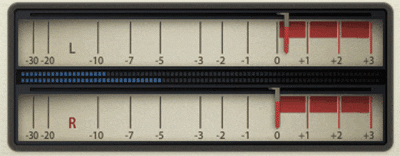
Another point is that the scale is logarithmic, with -20 to +3dB being standard. With a linear scale, the meter moves around a lot, but with a logarithmic scale, you can monitor only the area around the appropriate volume. The VU meter is for monitoring the area around 0dB.
The SATIN allows you to switch between VU and RMS meters. RMS stands for Root Mean Square, and is a meter that calculates the effective value by taking the square root of the average of the squares of the values. The needle movement is very slow, so if you find the VU meter too sensitive, you might want to try using the RMS meter instead. After all, it is a logarithmic RMS meter that allows you to freely set the reference level, so it offers a level of usability that you won't find anywhere else.
Personally, I find that all the meters on PCs, whether they are plugins or not, are difficult to use. In particular, I have never seen a meter that I could comfortably view using VU. Analog meters have a smooth needle movement, but plugins cannot achieve a smooth movement. At best, they can achieve around 30 fps. They are inevitably jerky, pixel by pixel. In particular, the movement of fan-shaped meters, which are designed to look like actual meters, is even more jerky. In that sense, SATIN is a needle-type meter, but because it has a linear movement, it minimizes the awkwardness. I think it is a well-thought-out meter for use as a plugin.
Next time, I will explain the mechanical parts that are unique to open-reel type.
The “sound & person” column is made up of contributions from you.
For details about contributing, click here.





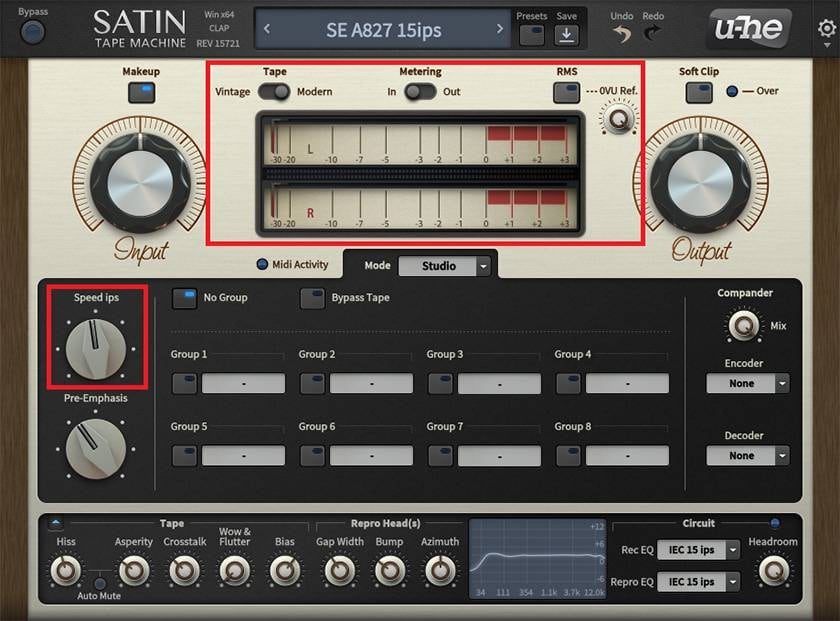

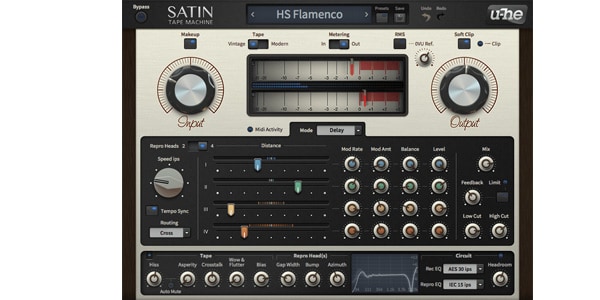



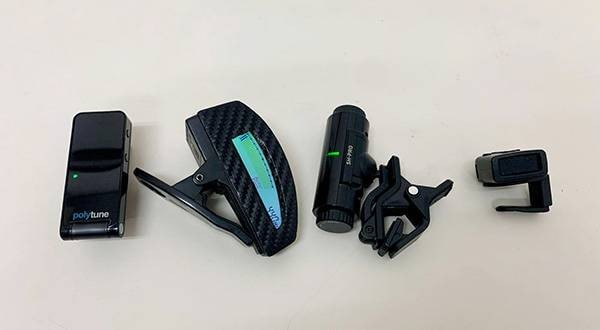

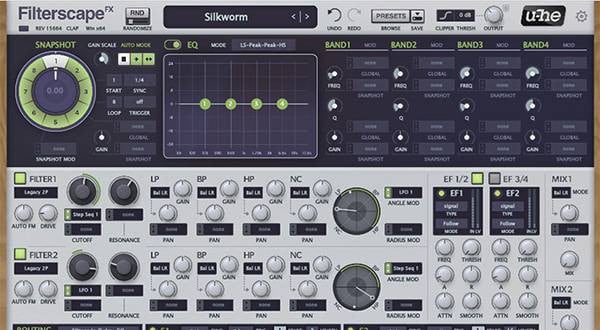
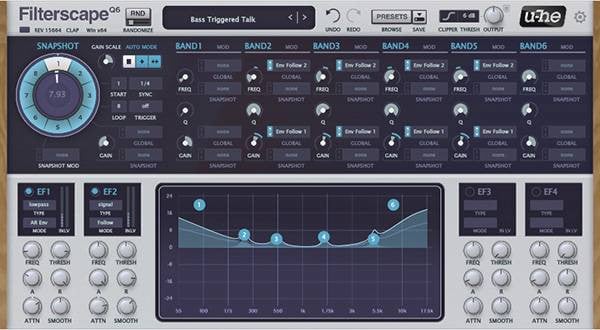


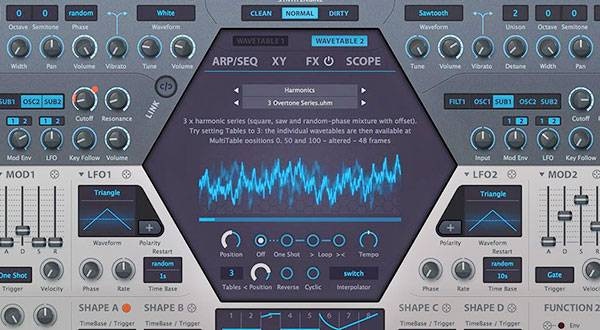

 YAMAHA スタジオモニター HS5SG
YAMAHA スタジオモニター HS5SG
 厳選!人気のおすすめオーディオインターフェイス特集
厳選!人気のおすすめオーディオインターフェイス特集
 PRESONUS オーディオインターフェイス 製品比較表
PRESONUS オーディオインターフェイス 製品比較表
 IK Multimedia iRig特集
IK Multimedia iRig特集
 DTMセール情報まとめ
DTMセール情報まとめ
 機能で選ぶ オーディオインターフェイス
機能で選ぶ オーディオインターフェイス















